WARNING: This article contains details that some readers may find distressing
Dysfunction at the notorious Rikers Island in New York City has been revealed on camera.
Video obtained by the New York Timesafter a lengthy legal fight with the city to release the footage shows one inmate taking his own life at the prison in 2022.
Michael Nieves, 40, had been diagnosed with bipolar disorder and schizophrenia and had previously attempted to take his own life.
- Inmate Michael Nieves, diagnosed with bipolar disorder and schizophrenia, died by suicide at Rikers Island in 2022, exposing systemic failures.
- Bodycam footage shows officers waited outside Nieves' cell after he self-inflicted a neck wound but failed to provide immediate aid.
- An investigation found prison staff's inaction contributed to Nieves' death; training and protocol changes for wound care were recommended.
Bodycam footage shows prison officers waiting outside Michael Nieves’ cell after his self-inflicted wound
Image credits: Barry Williams/New York Daily News/Tribune News Service via Getty Images
While he was in Rikers awaiting trial for arson and burglary charges, he used a razor blade to harm himself.
Prisons officers suspected he had the blade but left him alone in his cell, and when they returned, he had self-inflicted a wound on his neck.
Despite blood pouring from the wound, officers stood by and did not provide aid, waiting until medical personnel arrived.
The bodycam footage obtained and published by NYT shows officers checking Nieves’ cell for a razor blade.
Image credits: The New York Times
When they don’t find it, the supervising officer, Captain Mary Tinsley, orders Nieves to be taken to the body scanner.
However, Nieves is then locked back in his cell, as Tinsley says she doesn’t have time and will return to get him.
He was left alone in his cell for 12 minutes while the cell of another inmate was searched, NYT reported.
When the prison officer returns with Tinsley, she calls for help with a medical emergency.
In a brief part of the clip shown on NYT, Nieves – who is blurred out – can be seen leaning over and bleeding heavily from his neck.
Image credits: The New York Times
Nieves then tells the officer that the state and the federal government forced him to take his own life.
“The state forced me to commit suicide,” Nieves tells the officer, who in response asks him, “Who?”
“The state and the federal government,” Nieves replies.
While none of the officers enter the cell with Nieves, he is offered a piece of clothing for the wound but he refuses to use it.
After eight minutes with no intervention, Nieves is seen on camera sliding down onto the floor.
A report found that inaction contributed to Nieves’ death
Image credits: Todd Maisel/New York Daily News/Tribune News Service via Getty Images
Medics then arrived at the ward 10 minutes later and entered the cell, but they were not informed of the extent of the injuries and did not have the right equipment to treat him.
In the bodycam footage, shouting can be heard and someone asks why 911 hasn’t been called.
Around one hour after the incident was first reported, Nieves was treated by paramedics and medical staff in the prison.
He was transferred to a nearby hospital but was declared brain dead and died days later.
Dr. Robert Cohen, who served on the Board of Corrections until his recent resignation, told NYT Nieves’s death was preventable.
Image credits: Erik McGregor/LightRocket via Getty Images
He should not have been left alone when they believed he was in possession of a razor blade and should have immediately been taken to the body scanner, he said.
“He was bleeding to death,” Cohen told NYT. “The corrections officer should have gone into the room, assessed what was going on, and should have applied pressure to the area where the blood was coming from.”
An investigation found that the officer’s inaction contributed to Nieves’ death but he ultimately could have died even if aid had been rendered.
Prison medical staff who responded were also criticized in the report for failing to put pressure on the wound immediately.
None of the officers involved were charged.
The report said that it was unclear whether officers had been trained in wound care and that regulations do not clearly require officers to render care to people with severely bleeding wounds.
It recommended that the DOC train officers to react to severe bleeds and change the rules to require them to treat severe bleeding without waiting on medical staff.
Unions representing both the Captain and the prison officers involved said they had followed protocol.
The incident is emblematic of the systemic dysfunction at Rikers that led to the complex being effectively removed from the city’s sole control, with a federal judge appointing an independent “remediation manager” to oversee the troubled jail.
In 2022, 19 Rikers detainees died by suicide, overdose, or medical emergency and most of those deaths have since been noted as preventable, according to NYT.
“Many deaths over the past five years and the reports of deteriorating conditions were instrumental in moving us to the point right now where the judge is going to take over the island with an independent manager,” Cohen said.
If you or someone you know is struggling with self-harm or suicide ideation, help is available. International Hotlines provide resources.



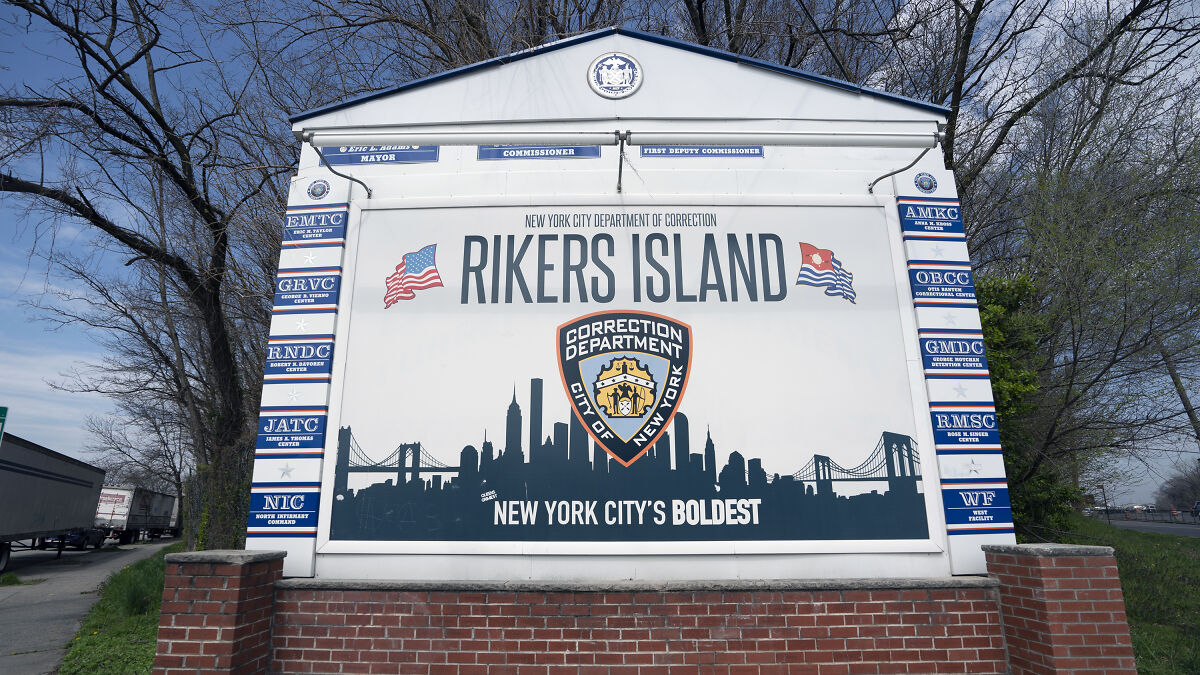
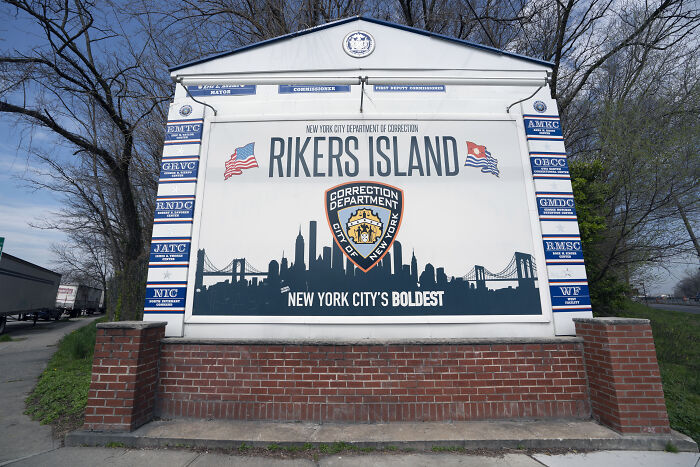
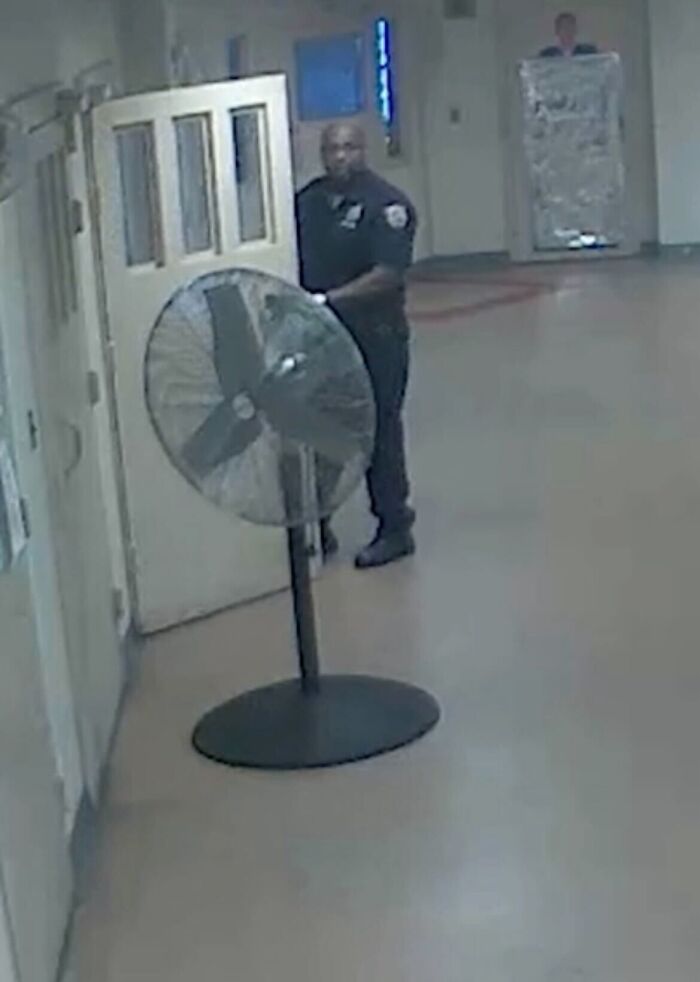
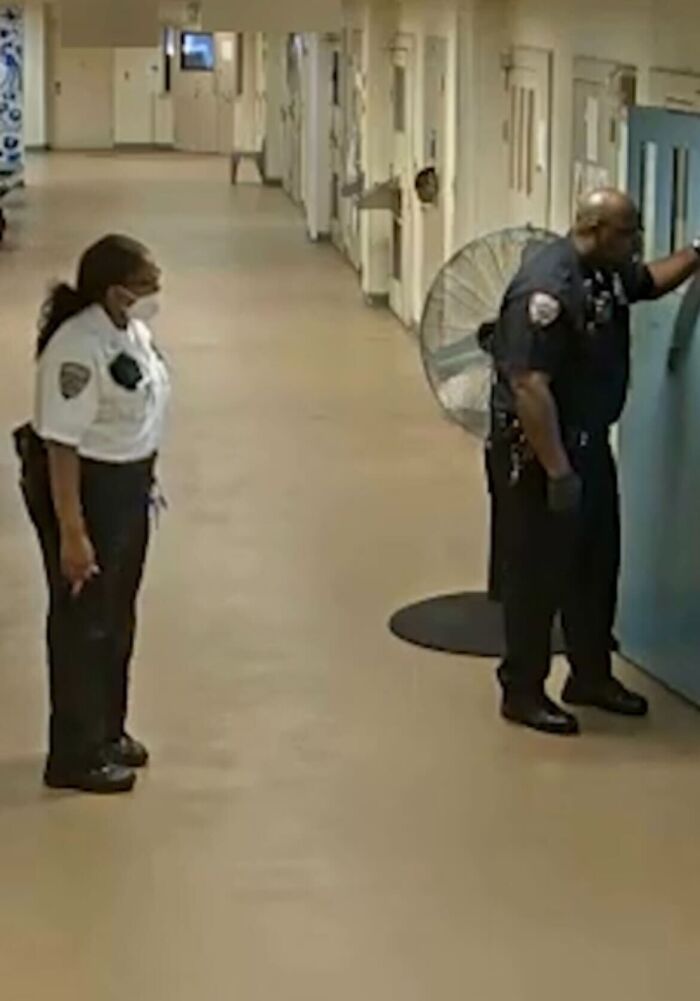
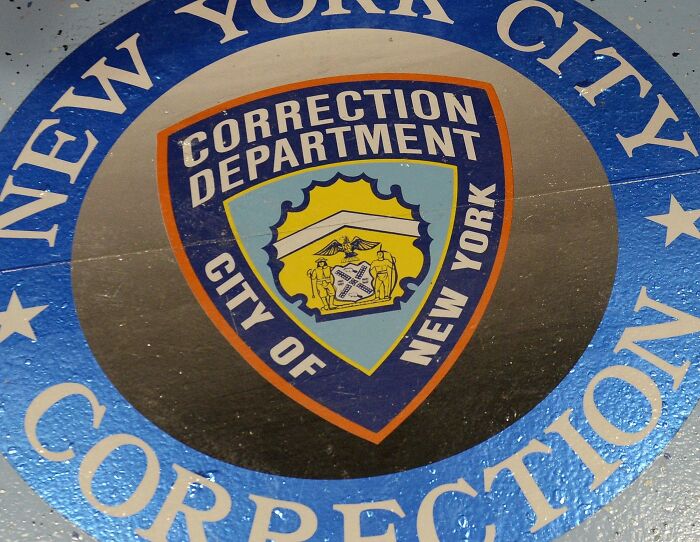
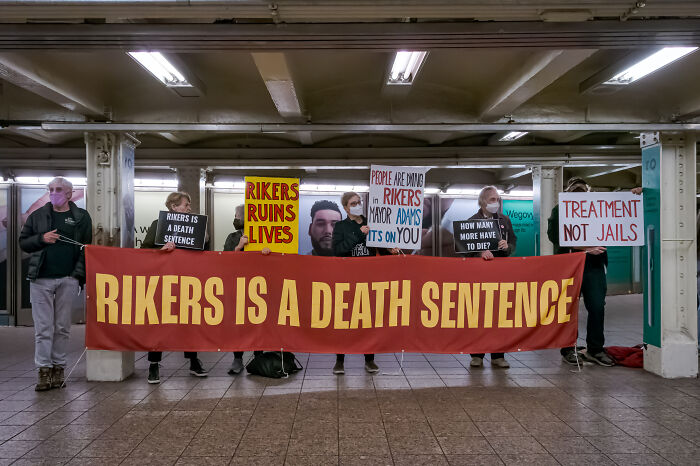



15
1